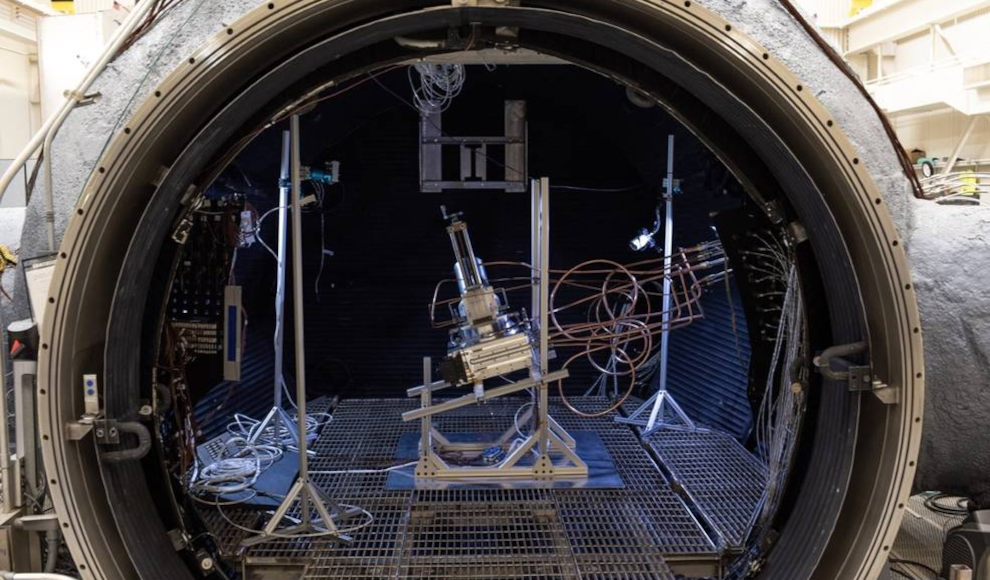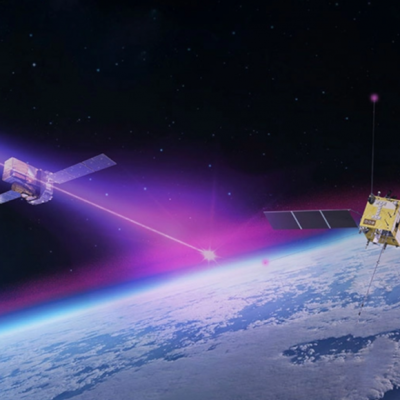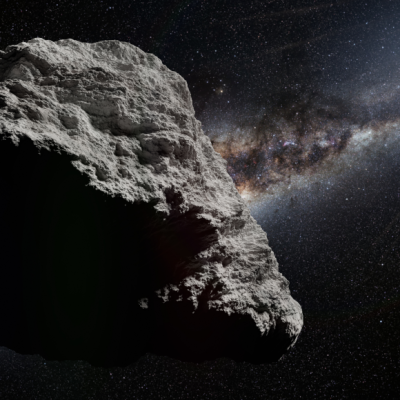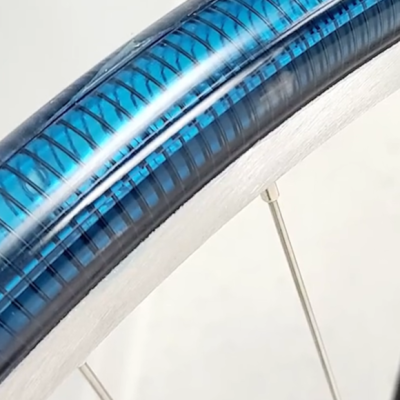NASA Extracts Oxygen from Moon Rock Using Laser
NASA scientists have successfully extracted oxygen from artificial moon rock using a laser. This process could be used on the lunar surface to provide astronauts with oxygen during long-term missions. Several countries, including China and Russia, plan to establish a permanent base on the moon in the coming years. To achieve this, oxygen must be extracted from the lunar surface. While NASA has already extracted oxygen from the thin atmosphere of Mars using the MOXIE experiment, this method cannot be used on the moon as it has no atmosphere. Therefore, astronauts must extract oxygen from other resources such as regolith or water ice.
The European Space Agency (ESA) has already tested this method in 2020, extracting oxygen from lunar regolith using the melt flow electrolysis process. Now, NASA scientists have extracted oxygen from artificial moon rock, marking the first successful procedure of its kind under vacuum conditions. This could allow future astronauts to use and process resources directly on the moon. The NASA team responsible for these tests conducted them in a special vacuum chamber, simulating conditions similar to those on the moon.
The researchers used a strong laser to simulate the heat from solar energy concentration, melting the moon rock imitation in a carbothermic reactor. This reactor is where the process of heating and oxygen extraction takes place. After heating the rock, the team was able to detect carbon monoxide using a mass spectrometer for moon operations (MSolo). This technology has the potential to produce multiple times its own weight in oxygen on the lunar surface each year, enabling a permanent human presence and lunar economy.










